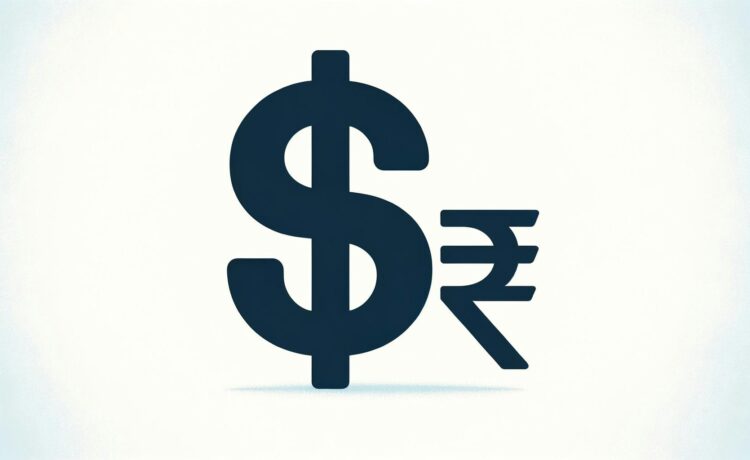What’s going on here?
The Indian rupee slid to a record low of 84.08 against the US dollar, despite efforts by state banks to stabilize the currency.
What does this mean?
Although the Indian rupee’s drop isn’t as severe as other Asian currencies, it’s significantly driven by a strong US dollar. The dollar index, which tracks the dollar against a basket of other currencies, increased by 0.2% to 104.37—its highest since August—while the US 10-year Treasury yield rose to a three-month high of 4.24%. Speculation about Donald Trump’s possible presidential run and stable US interest rates maintained by the Federal Reserve have boosted both the dollar and bond yields. MUFG Bank notes that a Trump victory and a Republican-controlled Congress would strengthen the dollar but disrupt bond prices. Meanwhile, Asian currencies like the Chinese yuan and Korean won have weakened amid these shifts, though the Reserve Bank of India’s actions have dampened rupee volatility. Yet, foreign investors withdrew over $8.5 billion from Indian stocks in October, causing the market to decline for the third consecutive day.
Why should I care?
For markets: The dollar’s global grip tightens further.
The robust US dollar is causing turmoil across global currencies, affecting markets from Asia to Europe. Investors are closely watching the Federal Reserve’s actions and US political developments, which could continue to steer currency markets. Currently, Asian markets, including India, face hurdles from capital outflows and currency uncertainties, potentially impacting economic recoveries and influencing investor decisions worldwide.
The bigger picture: Political outcomes could reshape economic landscapes.
The possibility of Donald Trump’s return to the presidency—and a Republican win in Congress—raises the stakes for global economic policy. Such an event might further bolster the US dollar but cause disruptions in the bond market. Investors need to consider the impacts on global trade, foreign exchange, and investment flows. As central banks worldwide navigate these challenges, the results could significantly reshape monetary policies and economic strategies globally.
















